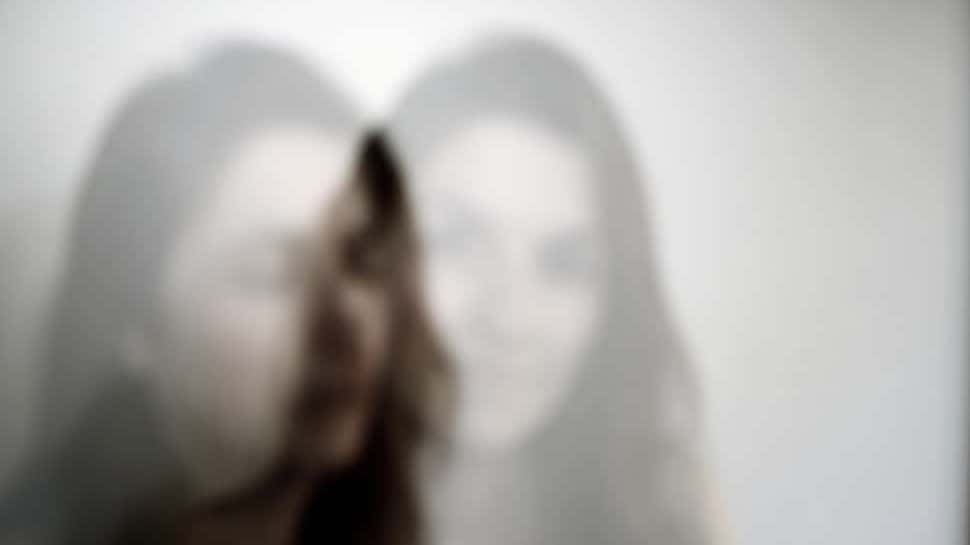
Schizoaffective Disorder vs. Schizophrenia
Schizoaffective disorder and schizophrenia are very similar mental illnesses, both characterized by psychotic symptoms like delusions, hallucinations, and disorganized thoughts. Schizoaffective disorder causes additional mood symptoms, either those of depression or bipolar disorder. Both conditions cause major dysfunction and are treatable. Long-term professional support with medication, therapy, and other services can help someone with either diagnosis live a more independent, functional life.
Schizoaffective disorder and schizophrenia are both very serious mental illnesses that can cause significant impairment in a person’s life as well as a great deal of distress.
They have a lot of similar symptoms but also some important differences.
Regardless of which condition it is, if you or someone you care about is struggling with these symptoms it is essential to reach out for professional support and to get a diagnosis and treatment.
What Is Schizophrenia?
Schizophrenia is a mental illness characterized by psychotic symptoms, disordered thinking, and changes in mood. It is chronic, meaning episodes can recur through a person’s life, and it is severe. The symptoms have far-reaching consequences, impacting how an individual functions at home, at school, at work, and in relationships with other people. While this condition can be debilitating, it is also treatable and manageable for most people. Lifelong treatment is usually needed and is most effective when begun early.
What Is Schizoaffective Disorder?
Schizoaffective disorder is similarly severe and potentially debilitating. It is also a chronic mental illness that can impact all areas of a person’s life. The symptoms are similar to those caused by schizophrenia, but schizoaffective disorder also includes elements of mood disorders, specifically major depression or bipolar disorder. Long-term treatment is necessary to restore function, but most people will need ongoing care for the rest of their lives.
Prevalence and Onset of Schizophrenia and Schizoaffective Disorder
Current statistics suggest that schizophrenia is more common, but schizoaffective disorder may be underrepresented in diagnoses because it is not as well understood. Approximately one percent of the U.S. population has schizophrenia, while the prevalence for schizoaffective disorder is just about 0.3 percent.
Schizophrenia is more common in women, and there is no known gender discrepancy for schizoaffective disorder. The age of onset is earlier for men, usually in the late teens to early twenties. For women, either condition most often begins in the mid- to late twenties, or even early 30s. It is unusual for either condition to be diagnosed after the age of 45 in men or women.
Common Symptoms
Both schizoaffective disorder and schizophrenia are categorized as schizophrenia spectrum or other psychotic disorders in the Diagnostic and Statistical Manual of Mental Disorders. Several conditions are grouped together under this category because of similar psychotic symptoms. Anyone struggling with either schizoaffective disorder or schizophrenia may experience the following:
- Hallucinations. These are sounds, images, or other sensations that feel real but are not.
- Delusions. Delusions are persistent false beliefs, such as feeling someone is out to get you or that someone famous is in love with you.
- Disordered thinking and speaking. Both conditions cause thoughts to become confused and disorganized, which leads to speech that is difficult to understand.
- Unusual behaviors. These may include inappropriate emotional reactions, slowed or absent emotional affect, or extreme agitation.
Begin Your Recovery Journey.
877-727-4343Mood Symptoms in Schizoaffective Disorder
What really sets schizoaffective disorder apart is that it includes the symptoms of schizophrenia as well as those of a mood disorder. There are two types:
- Depressive. Someone with this type has symptoms of depression in addition to symptoms of schizophrenia. These include low mood, fatigue, and loss of interest in normal activities.
- Bipolar. This type of schizoaffective disorder causes symptoms of bipolar disorder, which includes cycles of depression and mania. Manic moods can cause high, elevated mood, high energy, impulsivity, and racing thoughts.
Treating Schizophrenia and Schizoaffective Disorder
Both of these conditions can be debilitating but are also treatable. Earlier onset of treatment is most effective, as is treatment that is long-term. These conditions are chronic, so episodes may recur even after periods of stability, which means that ongoing care is crucial.
Treatment for both conditions includes medications to control symptoms. Antipsychotics help manage symptoms like hallucinations and delusions. For someone with schizoaffective disorder, antidepressants can be useful as can mood stabilizers for those with the bipolar type.
People with these mental illnesses can also benefit from therapy to help change thoughts and behaviors and develop better interpersonal relationships. Life skills training can help individuals live more independently and may include job skills training, housing support, or social skills practice. The most important thing you can do for yourself or someone you are worried about is to get a diagnosis, so that the appropriate treatment can be planned and implemented.





